Food distribution in rural Nigeria has always been a challenge due to poor infrastructure, limited access to markets, and inefficient supply chains. However, with the advent of technology, we now have innovative ways to tackle these issues and ensure that food reaches those who need it most.
One significant development is the use of mobile technology to connect farmers directly with consumers and markets. Apps like Farmcrowdy and ThriveAgric are helping farmers sell their produce without relying on middlemen, who often take a large cut of the profits. This not only increases farmers’ earnings but also makes fresh produce more affordable for rural communities.
Another tech-driven solution is the use of drones for mapping and monitoring farmlands. This technology allows farmers to assess crop health and manage their resources more efficiently. By identifying areas that need attention, farmers can apply fertilizers and water more precisely, reducing waste and increasing yields.
Cold chain technology is also making a difference. In many rural areas, lack of refrigeration leads to significant post-harvest losses. By introducing solar-powered cold storage facilities, we can preserve perishable goods for longer periods, ensuring that more food reaches the market without spoilage.
Finally, digital payment systems are simplifying transactions, enabling farmers and buyers in rural areas to trade seamlessly without the need for cash. This reduces the risk of theft and ensures that farmers are paid promptly, which is crucial for their livelihoods.
These tech-driven solutions are gradually transforming food distribution in rural Nigeria, ensuring that even the most remote communities have access to fresh, affordable, and nutritious food. With continued innovation, we can address the challenges of food distribution and improve food security across the country.

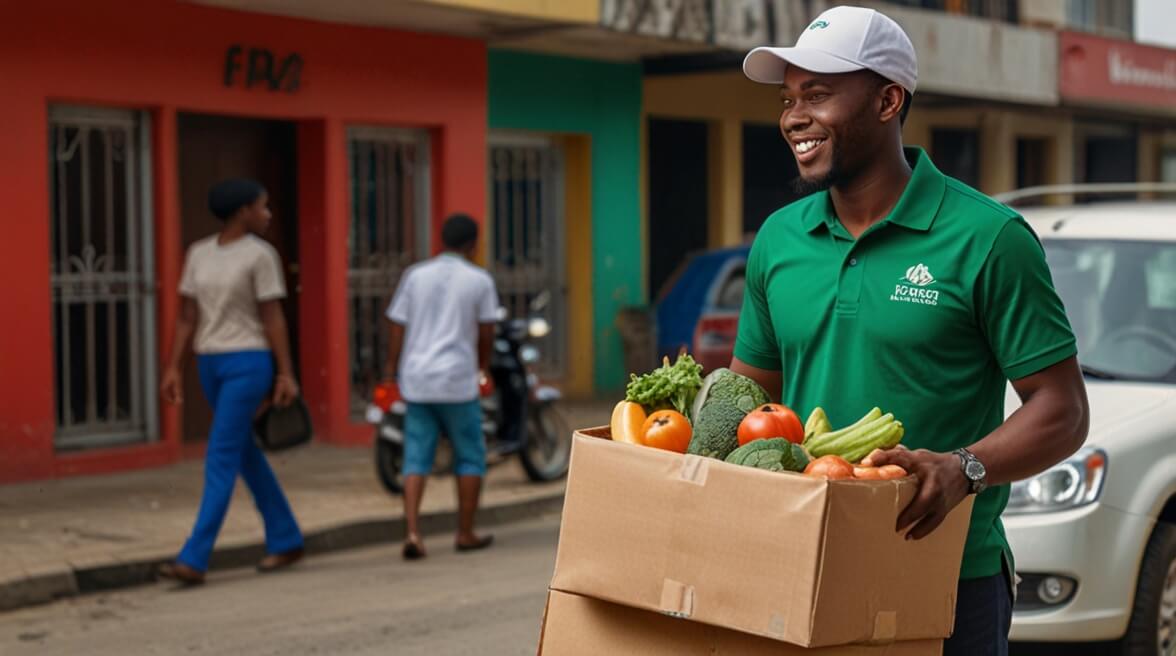
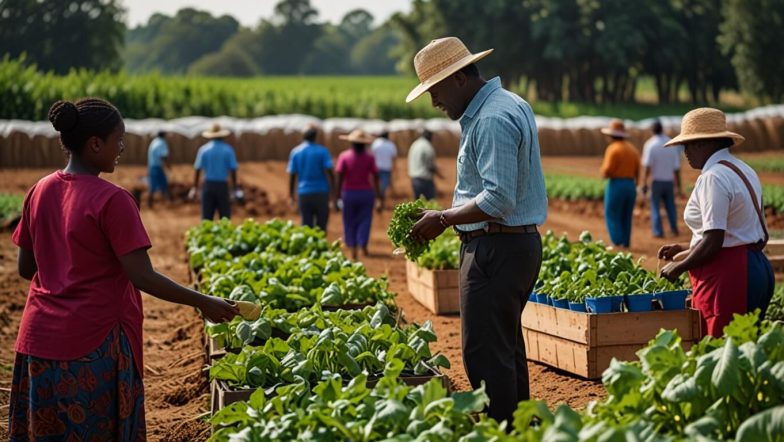
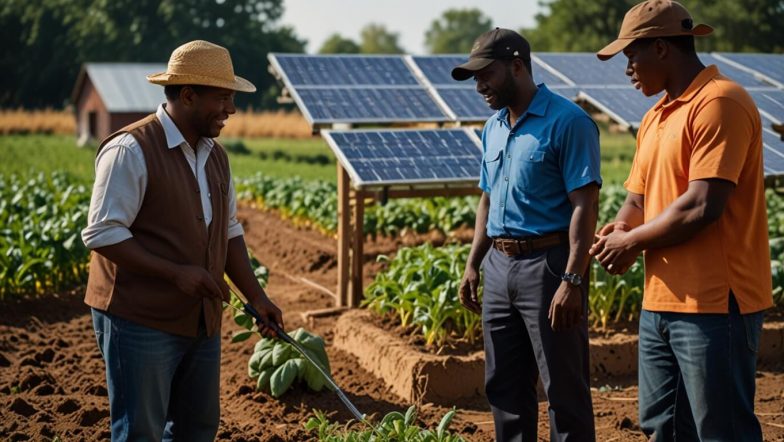
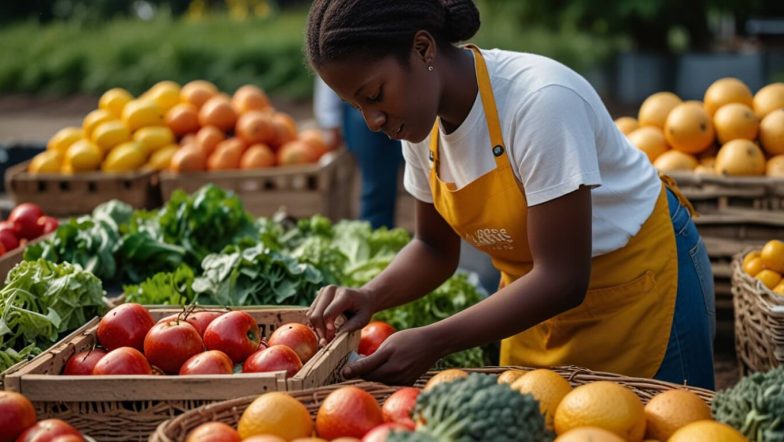
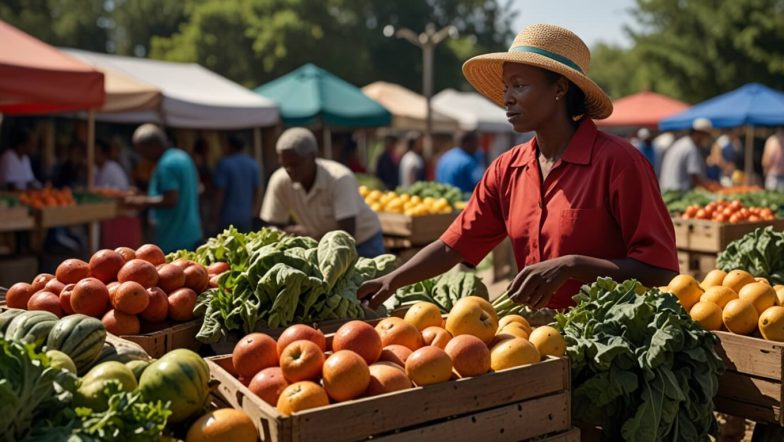
Leave a comment